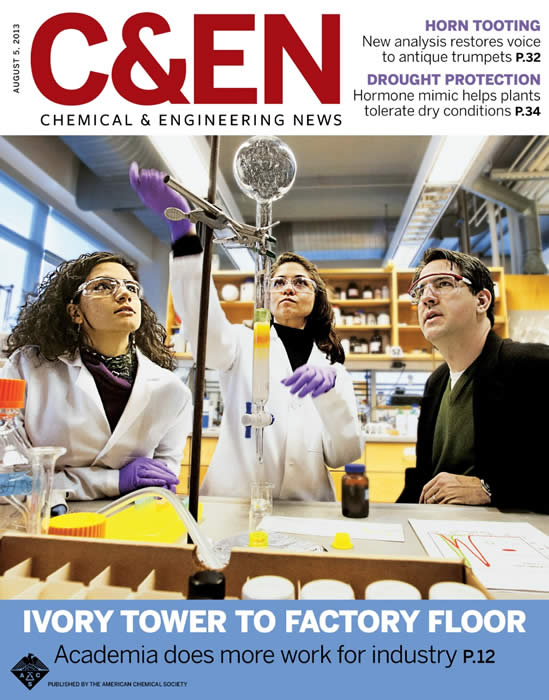"Postdoctoral fellow Federica Sgolastra (left) and graduate student Arife Özgül Tezgel (center) work at a lab bench with professor Gregory N. Tew at the University of Massachusetts, Amherst, which has a partnership with industry." (Jim Gipe/Pivot Media/UMass Amherst). Chemical and Engineering News, Vol. 91, No. 31, Aug 5, 2013. Click here to read the article.
Tew Research Group
An attempt to bring a chemical or molecular understanding to the problem at hand unifies all our research projects. In most cases, this requires careful planning of how chemical functions should be placed along the molecular backbone or architecture. Many designs are inspired by biological systems or the pursuit of new materials with increased functionality. In all projects, we design and synthesize new molecules which are then studied by a variety of methods ranging from diffraction to biological assays.
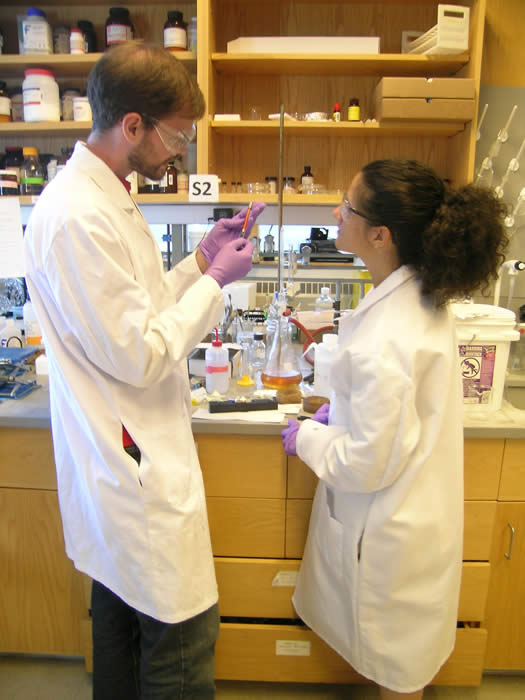 |
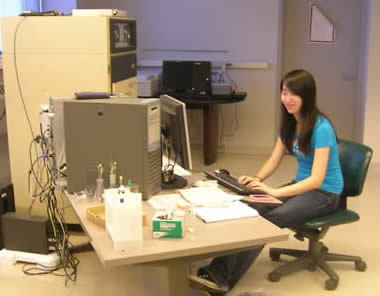 |
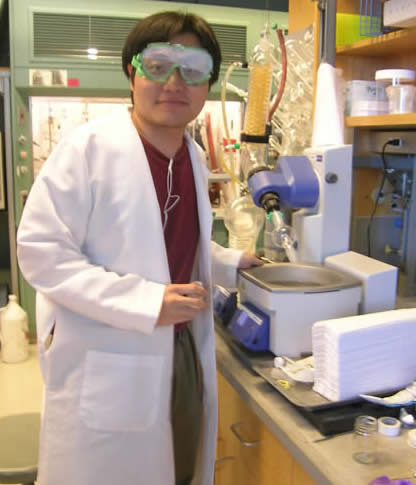 |
Because the projects within the group universally have a strong fundamental component that motivates our interest, student participation in the scientific process is critical. At the same time, our research is always pushed toward practical application which provides unique opportunities for interactions with industry. Quite often students will work closely with industrial companies leading to employment opportunities. As a result students are actively engaged in a multi-disciplinary environment and encouraged to master many experimental techniques beyond macromolecular synthesis. The group is composed of highly motivated students. We welcome your contributions in this exciting research activity.
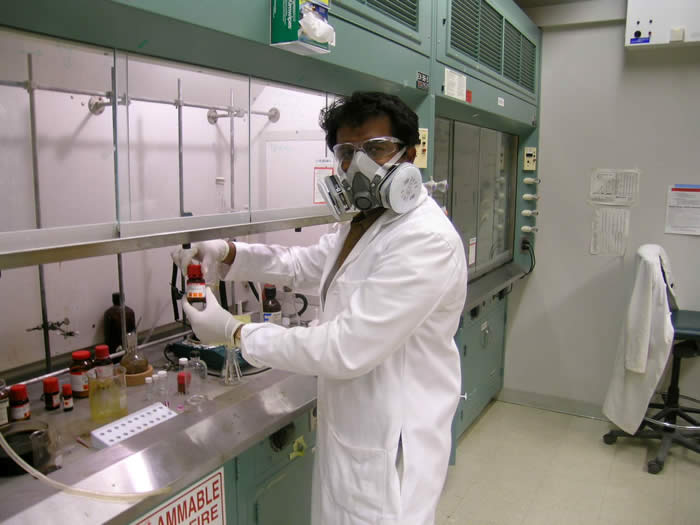 |
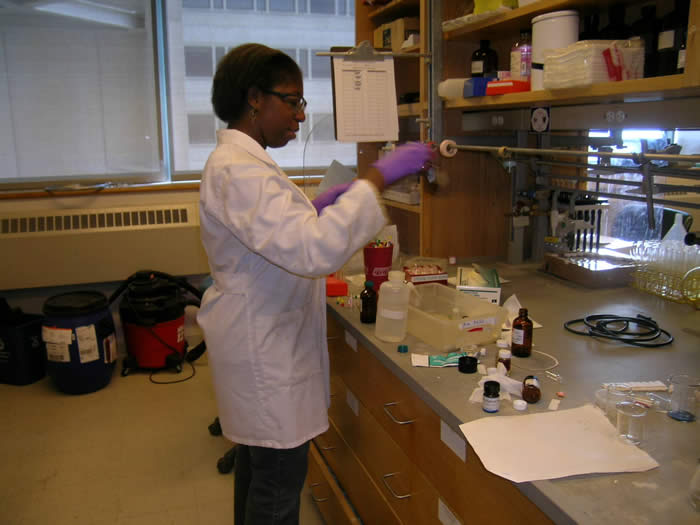 |
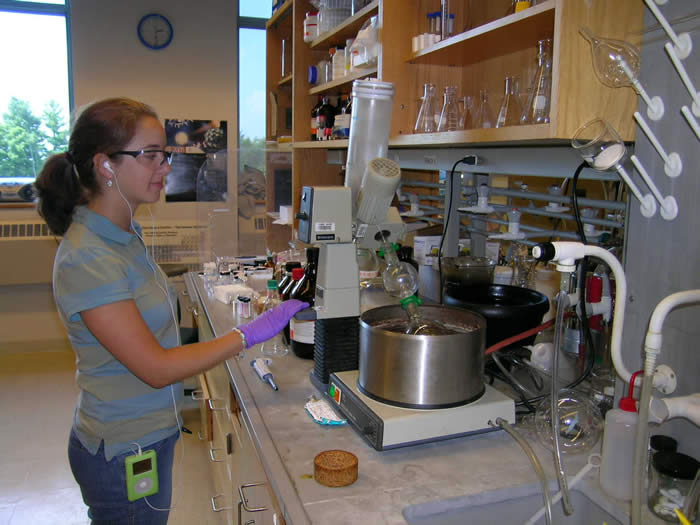 |
RESEARCH PROJECTS
Topics in the group are centered at the interfaces of chemistry, biology, materials science, and physics. Our research activities are broadly divided into two topics: multifunctional materials and biomimetic structures. Each topical area has a clearly defined set of objectives yet all are unified by our overarching research philosophy.
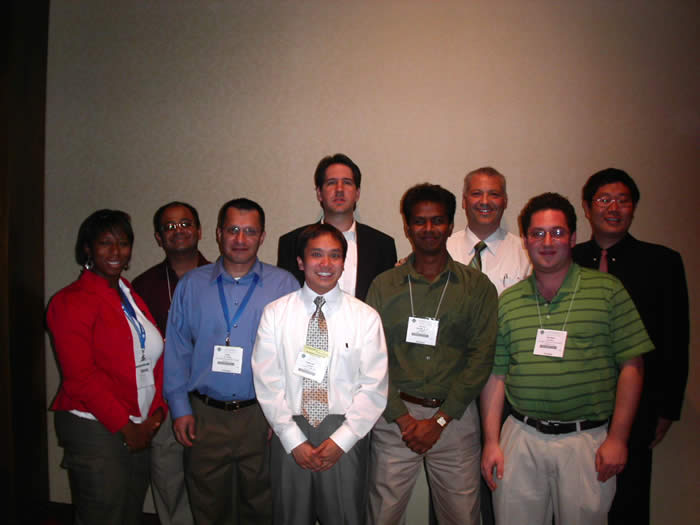 |
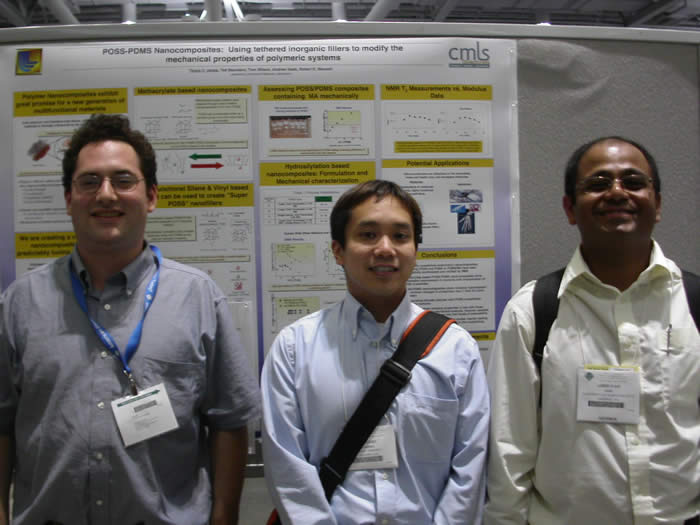 |
 |
Multifunctional Materials
Supramolecular polymer science is the application of supramolecular chemistry principles to macromolecules. Through control of both structure and interactions, supramolecular materials offer an important route to large and complex structures unattainable through other methods. Within our group, we are concentrated on the incorporation of metal ligands into polymer architectures. These materials display an array of interesting properties including self assembly, luminescence, sensing and magnetism.
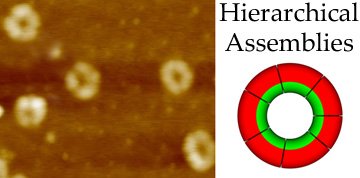 |
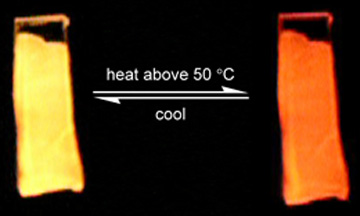 |
Hydrogels represent an important class of materials with wide spread usefrom rheology modifiers to biomedical materials including tissue engineering and wound healing. Our efforts in this area have focused on new polymer architectures and compositions that lead to unique properties. A collection of ABA and ABC polymers have been developed. More recently, novel chemistry has led to a whole new class of materials with tremendous potential spanning from superabsorbent materials to contact lenses to new scaffolds for regenerative medicine.
Biomimetic Structures

The generation of simple organic sequences that capture the structure and/or function of complex biopolymers such as proteins is tremendously important. Success in this area will provide knowledge about the fundamental interactions of natural biopolymers while generating both new materials with increased function and new therapies for critical diseases. Our approach has focused on the segregation polar and nonpolar functionalities within chemical architectures to instill molecules with biomimetic function and structure. The segregation of these two functionalities is exploited ubiquitously in Nature from protein folding to compartmentalization of the cell by the lipid bilayer. We are studying extended and helical structrures. Targeted applications include antimicrobial materials, antibiotics, polymeric antibodies, membrane protein inhibitors, and synthetic cell-penetrating peptidomimics.
-GNT

